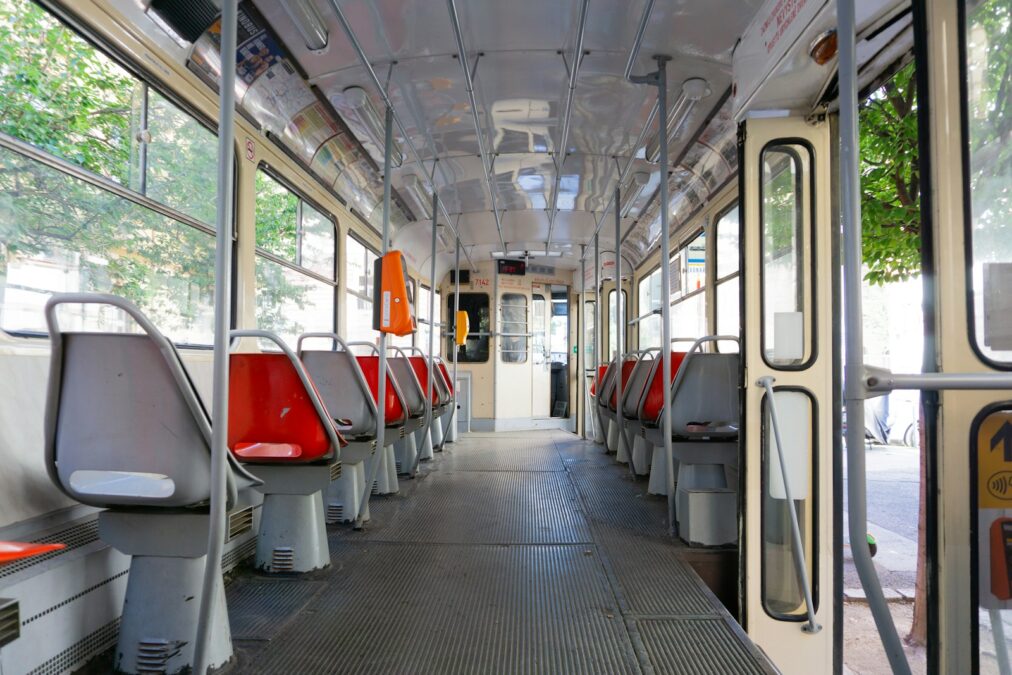The Impact of AI on Public Transportation
Public transportation is a vital aspect of urban infrastructure, providing millions of people in Saudi Arabia and the UAE with a convenient and efficient means of travel. However, maintaining and managing public transportation systems can be complex and challenging, with issues such as delays, breakdowns, and overcrowding posing significant problems for both passengers and operators. Fortunately, advancements in artificial intelligence (AI) are revolutionizing the way public transportation systems are managed and operated, leading to improvements in reliability, safety, and overall passenger experience.
AI-powered predictive maintenance systems are enabling transportation authorities to identify and address potential issues before they escalate into costly breakdowns or service disruptions. By analyzing data from sensors installed on vehicles and infrastructure, AI algorithms can detect anomalies and predict when components are likely to fail, allowing maintenance crews to perform proactive repairs and replacements. This not only reduces the likelihood of unexpected breakdowns but also extends the lifespan of equipment, resulting in cost savings for transportation operators. Additionally, AI-driven scheduling and routing algorithms are optimizing the allocation of resources and improving the efficiency of public transportation networks. These algorithms take into account factors such as passenger demand, traffic patterns, and weather conditions to generate optimized schedules and routes that minimize wait times and travel delays. As a result, passengers can enjoy more reliable and punctual service, leading to increased satisfaction and ridership.
Challenges and Future Directions
While AI has the potential to revolutionize public transportation, there are challenges that need to be addressed to fully realize its benefits. One of the main challenges is ensuring the accuracy and reliability of AI algorithms, particularly in dynamic and unpredictable environments such as urban transportation networks. Transportation authorities must invest in robust data collection and analysis infrastructure to ensure that AI systems have access to high-quality data and are capable of making accurate predictions and decisions in real-time. Additionally, there are ethical considerations surrounding the use of AI in public transportation, such as concerns about privacy, bias, and job displacement. It is essential for policymakers, industry stakeholders, and the public to engage in transparent and inclusive discussions about these issues to ensure that AI is deployed in a responsible and equitable manner.
Looking ahead, the future of public transportation lies in the continued integration of AI technologies and the development of smart, connected transportation systems. AI-powered innovations such as autonomous vehicles, smart traffic management systems, and personalized mobility services have the potential to transform the way people move around cities, making transportation more accessible, sustainable, and user-centric. By harnessing the power of AI, transportation authorities can create seamless and efficient mobility solutions that meet the needs of today’s passengers while paving the way for a more sustainable and connected future.
Enhanced Safety and Security
One of the most significant advantages of integrating AI into public transportation systems is the enhancement of safety and security for both passengers and operators. AI-enabled surveillance systems can monitor stations, vehicles, and infrastructure in real-time, detecting and alerting authorities to potential security threats or safety hazards. These systems can analyze video feeds, identify suspicious behavior or objects, and provide early warnings in the event of emergencies such as accidents or incidents of vandalism. By leveraging AI for enhanced security and safety monitoring, public transportation authorities can create a more secure and reassuring environment for passengers, encouraging greater ridership and public trust in the system.
Improved Accessibility and Inclusivity
AI technologies have the potential to make public transportation more accessible and inclusive for all members of society, including those with disabilities or mobility challenges. For example, AI-powered route planning and navigation apps can provide real-time information on accessible routes, wheelchair-friendly entrances, and boarding assistance services, helping passengers with disabilities to navigate the public transportation system more easily. Additionally, AI-driven assistive technologies such as voice-controlled interfaces and predictive text input can make public transportation apps and kiosks more user-friendly for individuals with visual or motor impairments. By prioritizing accessibility and inclusivity in the design and implementation of AI-powered transportation solutions, authorities can ensure that public transportation is accessible to everyone, regardless of their abilities or limitations.
#AI #PublicTransportation #SmartCities #Sustainability #Accessibility #Safety #Innovation #UrbanMobility #TransportationTechnology

